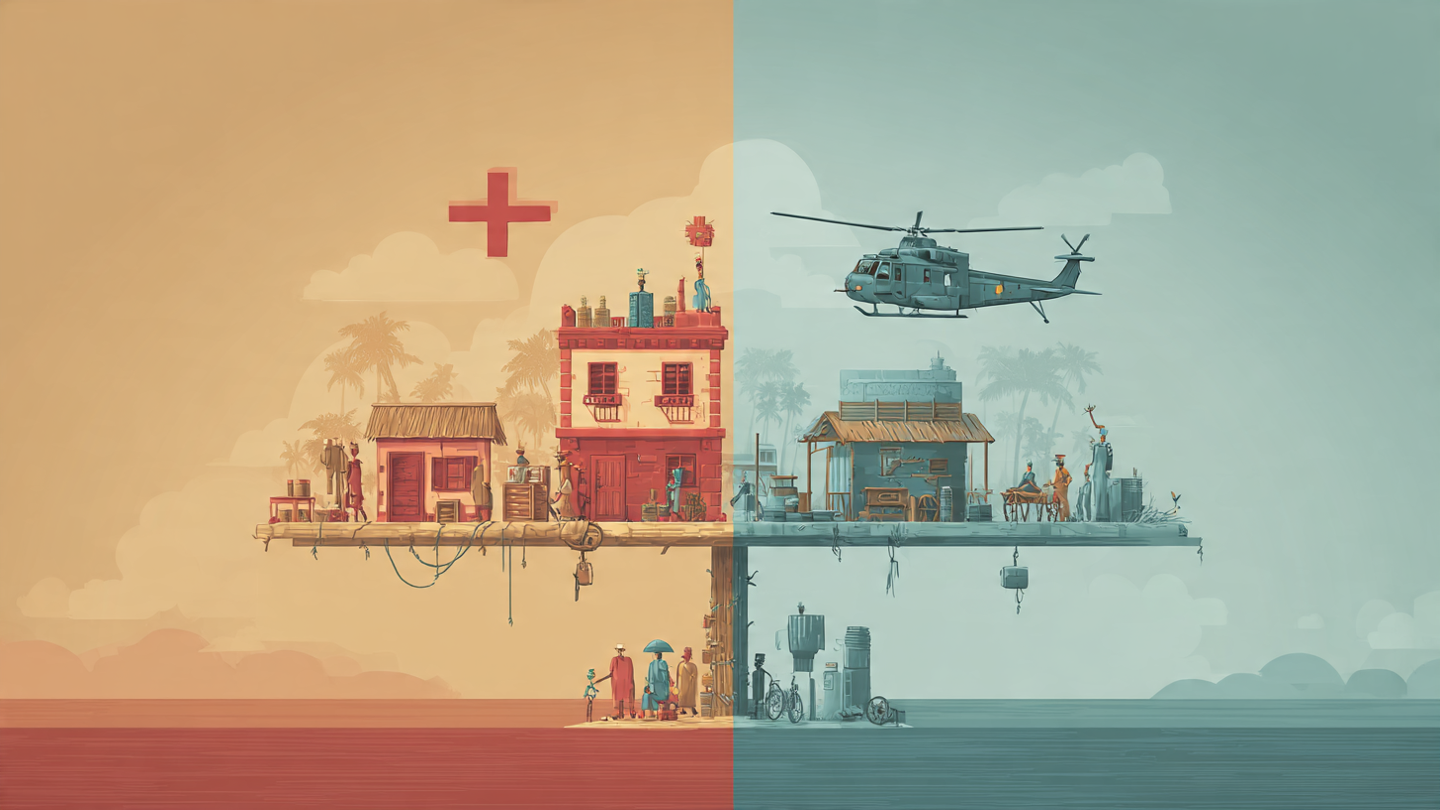Insurance in Developed vs. Developing Countries
Insurance plays a crucial role in promoting economic stability and financial security across the world. It protects individuals, families, and businesses from unexpected losses while fostering long-term investment and development. However, the scope, effectiveness, and awareness of insurance vary significantly between developed and developing countries. Understanding these differences helps reveal why some nations enjoy strong protection systems while others struggle to expand coverage and trust in insurance.
1. Market Penetration and Public Awareness
One of the most visible differences lies in the penetration rate of insurance — the share of premiums in a country’s GDP.
In developed countries such as the United States, the United Kingdom, Germany, and Japan, insurance is deeply rooted in daily life. People are well aware of the importance of financial protection, whether it’s health, life, property, or liability insurance. It’s common for individuals to hold multiple insurance policies, and employers often provide group insurance packages as part of employee benefits.
On the other hand, developing countries like Pakistan, Nigeria, or Bangladesh have relatively low insurance penetration. Many citizens still rely on informal support systems family, friends, or community networks — to cope with risks such as illness, accidents, or disasters. A lack of awareness, misconceptions about insurance, and limited financial literacy make people hesitant to purchase policies. As a result, insurance is often seen as a luxury rather than a necessity.
2. Types of Insurance and Coverage
In developed economies, the insurance sector is broad and diverse. It includes traditional products like life, health, and auto insurance, as well as advanced coverage such as cyber risk, travel, and environmental liability insurance. Governments also play a strong role in mandating certain types of insurance for example, health insurance in many European countries or auto insurance in the United States.
Conversely, developing nations tend to have a narrower focus. Life insurance and motor insurance dominate the market, often because they are legally required. Health insurance, agricultural insurance, and property coverage remain underdeveloped and largely concentrated in urban areas. However, there has been a rise in microinsurance programs, which offer affordable coverage for low-income populations, often supported by NGOs, governments, or mobile companies.
3. Regulatory Environment and Institutional Strength
A strong regulatory framework is essential for a healthy insurance sector.
In developed countries, well-established institutions ensure transparency, solvency, and consumer protection. Insurance regulators, such as the Financial Conduct Authority (FCA) in the UK or the National Association of Insurance Commissioners (NAIC) in the US, set strict standards for companies. These systems build trust among consumers and encourage competition that drives innovation.
In contrast, developing countries often face challenges with regulatory enforcement. Limited oversight, lack of standardized laws, and slow claims processing reduce confidence in insurers. Some customers experience delays or disputes in claim settlements, which further discourage new buyers. Strengthening these systems is crucial for the industry’s long-term growth.
4. Technology and Innovation
The insurance industry in developed economies has embraced technology on a large scale. Artificial intelligence, data analytics, and digital platforms are revolutionizing the way insurers assess risk, handle claims, and interact with customers. The rise of InsurTech (insurance technology) companies has made policies more accessible, transparent, and personalized. Consumers can now compare, purchase, and manage their policies through mobile apps or online platforms with ease.
In developing nations, digital transformation is still in its early stages. However, mobile-based insurance solutions are gaining momentum, especially in countries with high mobile phone penetration but low banking access. For example, mobile operators in Africa and South Asia now offer microinsurance products through SMS-based systems, bringing coverage to millions who previously lacked access to formal insurance.
5. Economic and Social Factors
Insurance affordability depends heavily on economic stability and income levels.
In developed countries, higher per capita income and established social welfare systems make insurance more accessible and reliable. People have the financial capacity to pay premiums, and insurers can spread risks across large, stable markets.
Meanwhile, developing countries often struggle with poverty, informal employment, and unstable economies. Many people cannot afford regular premiums, and limited government support leaves them vulnerable to financial shocks. Natural disasters, health crises, and economic instability create higher risks but also lower the ability to pay for insurance protection.
6. The Road Ahead: Opportunities for Growth
Despite these challenges, the future of insurance in developing countries holds enormous potential. Rapid urbanization, rising incomes, and digitalization are creating new opportunities. Governments and private companies are increasingly collaborating to promote financial literacy, introduce inclusive insurance products, and strengthen regulations. With continued innovation and education, insurance can become a key driver of economic resilience and poverty reduction.
Meanwhile, developed countries are focusing on innovation and adaptation from climate risk insurance to cyber protection addressing emerging challenges in a rapidly changing world.













